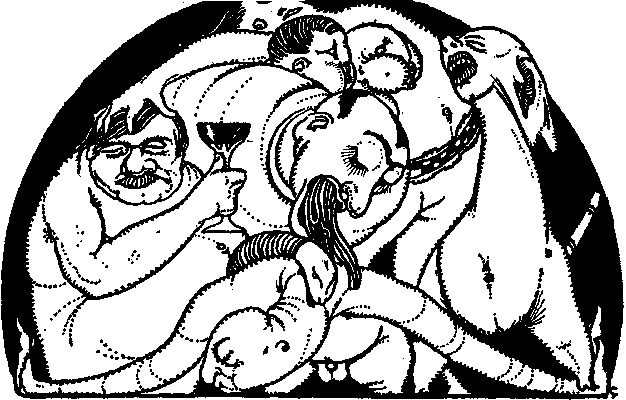Goethe’s life-long Faust project was not written as performable drama. From the early work of Urfaust, incorporated into the Fragment of 1790 and then Faust Part 1, we are offered not a ‘script’ but a cosmological framework that surrounds the story and adventures of the hero.
Dissent in content and form, Writer.
